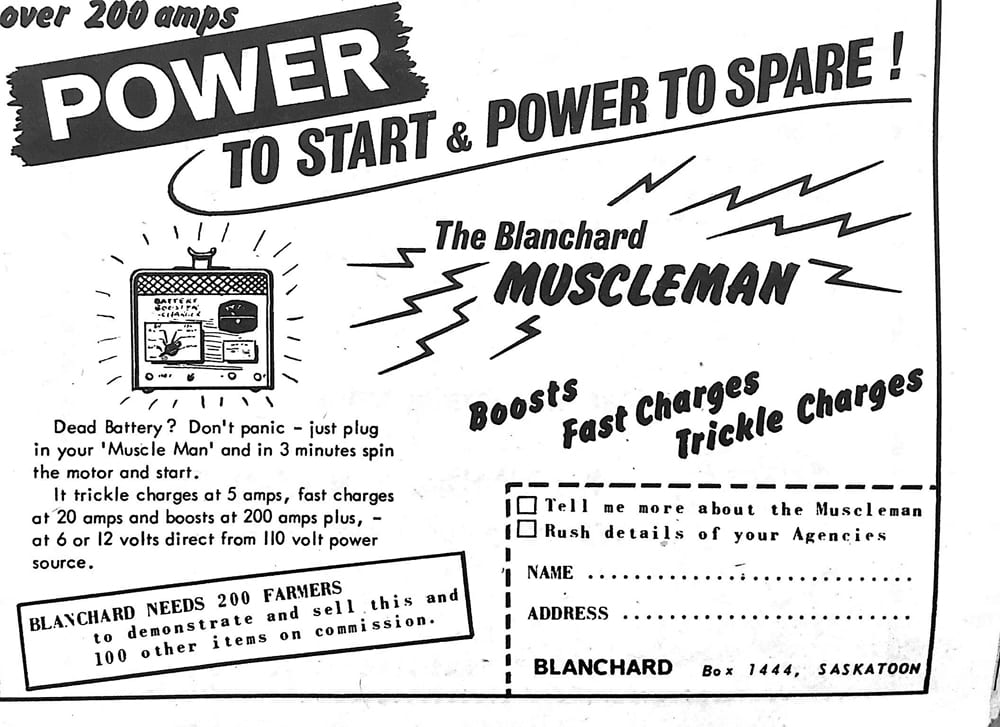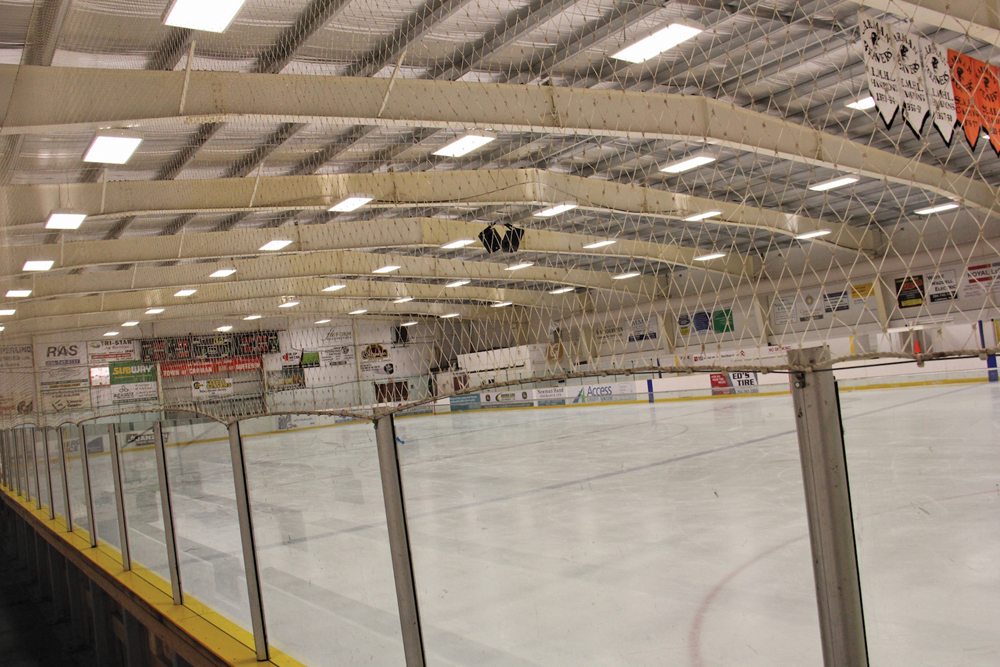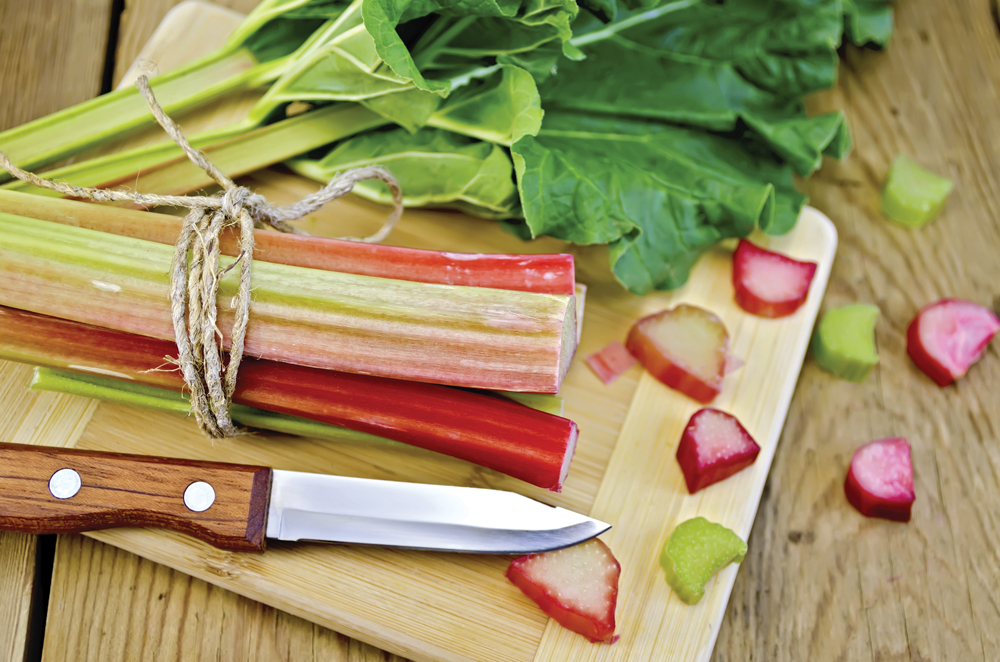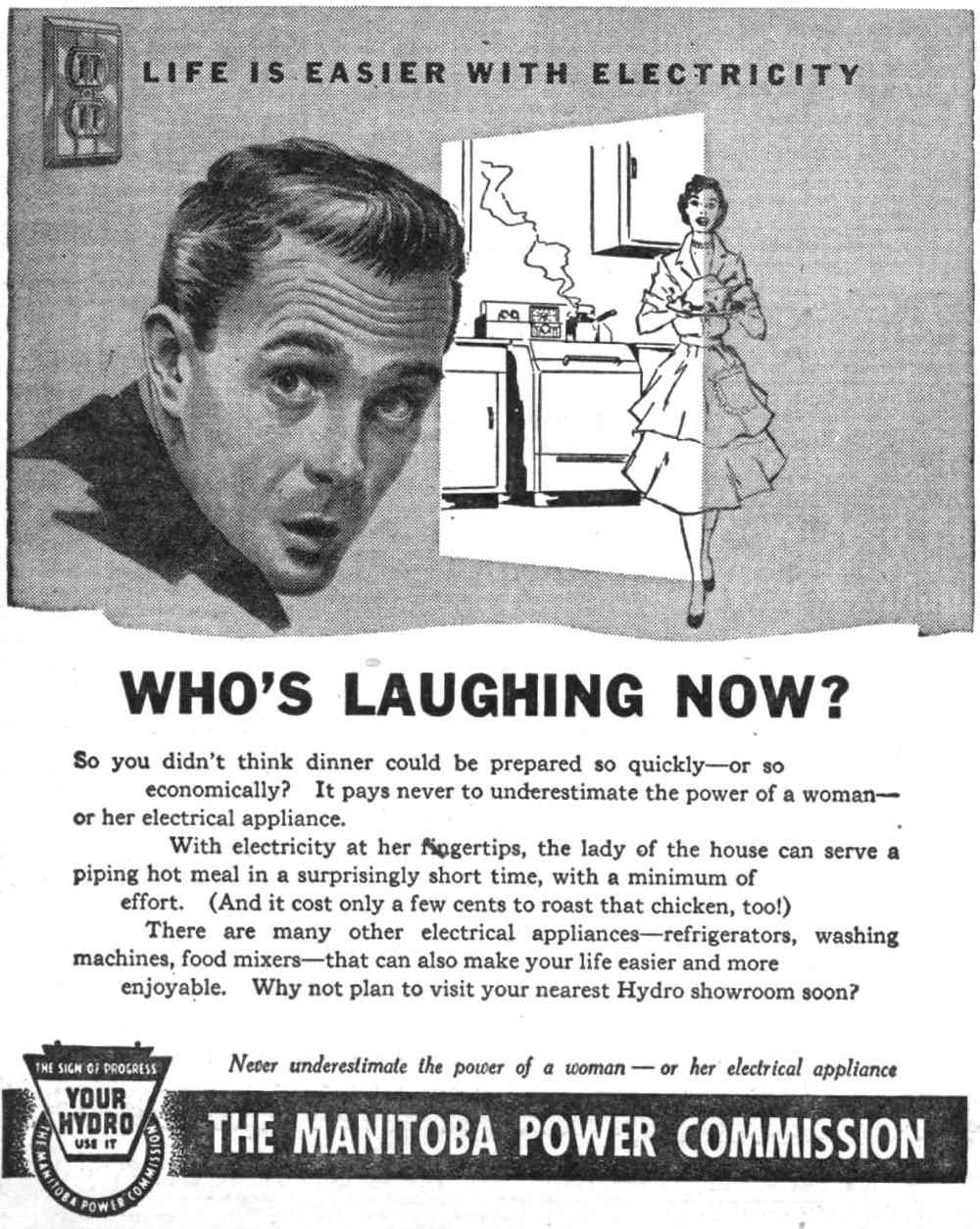As we spend time honouring veterans and members of our armed forces this Remembrance Day, some may think of the Canadian war brides and the impact they had on our country.
What does this have to do with a cooking column? Well, recently I obtained a treasure from 1945 – a copy of theCanadian Cookbook for British Brides.This cookbook compiled for distribution to war brides arriving in Canada from the British Isles was issued by the Division of Women’s Voluntary Services under the authority of the minister of national war services.
Read Also
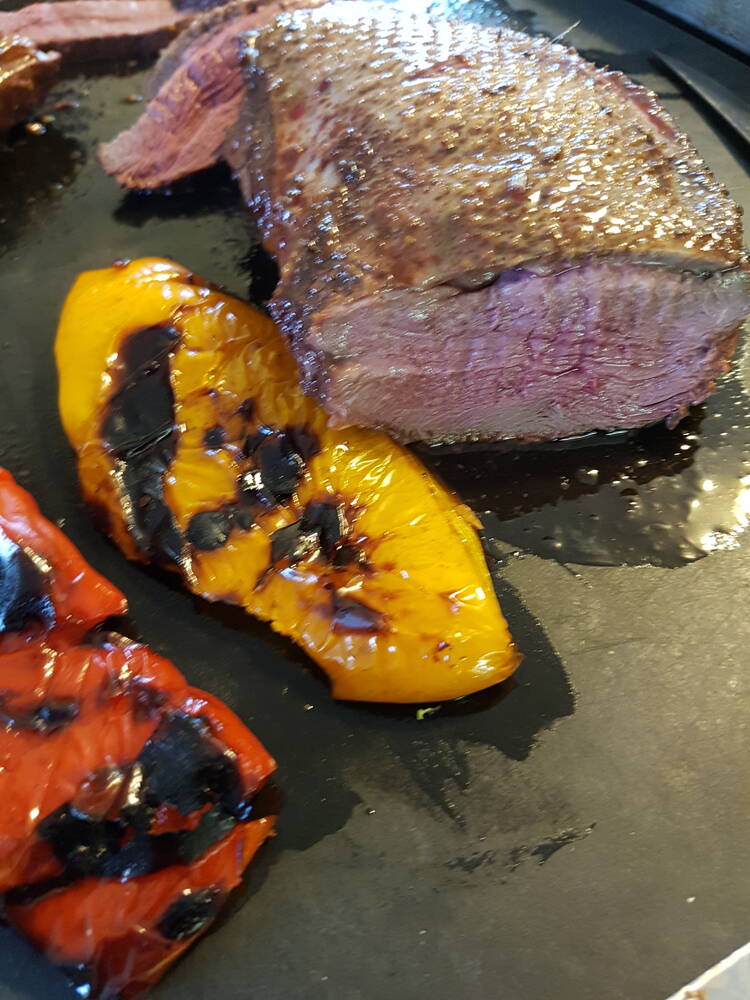
Giant Canada geese have gone wild in Manitoba
Giant Canada geese are seemingly everywhere and can be fine table fare for local hunters, but 70 years ago, they were borderline extinct.
For those who were coming to homes with no electricity or running water – although I’m sure they were grateful for the cookbook – they were probably hoping for more help than it could offer. It seems, too, that volunteerism was not an option if you were to be part of the community. Your choice was to pick where, not if, you would volunteer. It was survival by working together, a model many rural communities still follow today.
This cookbook not only offered recipes, but Canadian advice as well.
NO SCULLERY
Under “New Lands, New Ways” it was pointed out that one major difference in the kitchen was the lack of a scullery – a room traditionally used for washing up dishes and laundering clothes, or as an overflow kitchen. Familiar foods and cuts of meats would be known by dissimilar names, shopping would be different but the “plentiful supply and attractive display of foods will delight you.”
It was noted that the book was intended to be a guide “to give you recipes for dishes that are likely to be among your husband’s favourite things to eat.”
Canadian meal patterns were different too. “Afternoon tea is a treat – not a daily routine.”
Brides weren’t to worry about the differences in dishes and silver. “…and for goodness sake don’t think you have to have things like sherbet glasses or salad forks before you entertain! Canadians are informal people, and will never criticize you for what you haven’t got.”
“What You’ll Need in the Kitchen” went over the must-haves, such as measuring spoons and cup, frying pan, double boiler, pie plate, loaf tin and a “dover” (rotary egg beater).
“To Help You When You Shop” discussed reading labels, the connection between customer loyalty and good customer service, keeping a record of what you buy and learning when foods are in season.
GOOD COOKING
“Measurements of A Good Cook” explained anyone can become a fine cook by following a reliable recipe and using accurate measurement of the ingredients. This meant having proper tools, knowing equivalents and how to gauge oven temperature when you didn’t have a thermometer. “Sprinkle a little flour on a baking pan, set in the oven and note time flour takes to brown.” The shorter the time to brown, the hotter the oven.
Beside a doughnut recipe, a note states, “If you can make good doughnuts your husband will think you’re wonderful!”
Tips are also provided on making a good cup of coffee, noting, “We certainly shan’t try to tell you how to make a good cup of tea, but you might find some pointers on coffee making useful.”
My copy of theCanadian
CAN STOCK PHOTO INC.
Cookbook for British Bridesoriginated from Peggy Carter, a war bride who immigrated to the Hartney area in 1946. In a letter to Bev Tosh, the artist who created the exhibit, War Brides: One- Way Passage, Peggy wrote, “The only domestic science education I had ever received was a short course at school where I learned to make a Yorkshire pudding and iron a handkerchief. Not much help for a farmer’s wife without electricity or running water.”
CANNING 101
Carter has also been interviewed about her life as a young war bride and relates a story of her first experience at canning, which went well, or so she thought. After two weeks her beautiful jars of crabapples went mouldy – neither she nor her husband, who brought the canning supplies home from town, knew rubber rings were required to properly seal the jars. Her cookbook appears to have been well used judging by the stains on many pages – especially the pie, muffin and cake sections. The lemon pie recipe was a favourite that she continued to use.
Another war bride, Winnie Field, spoke of her awe of Canadian women. Upon arriving in Canada, she was taken aback by their capabilities. They could cook, sew, can, clean they could do everything! One hot August day she had a neighbour lady advise her there would be a shower that night. Not knowing what a shower was, she thought – my, they can even predict the weather! When she shared this with her husband, they had quite the laugh.
CONTRIBUTIONS
These women were not alone in their experiences; young when the war broke out, they all contributed to the war effort at home by joining the military service or taking on jobs.
Domestic training was not the priority and with rationing and food shortages, cooking was very basic. Crossing the Atlantic in the name of love, 44,000 war brides and their 21,000 children became part of our Canadian fabric.
The Women’s Voluntary Services Division played a part in welcoming these brave young women with their 32-page cookbook. Even today, many of the basics in it would be helpful to any beginner cook. And the various quotes do make for an interesting and sometimes humorous read. With one in 30 Canadians having a war bride in their family tree, chances are some of your family’s favourite recipes may have come from this small wartime publication.


